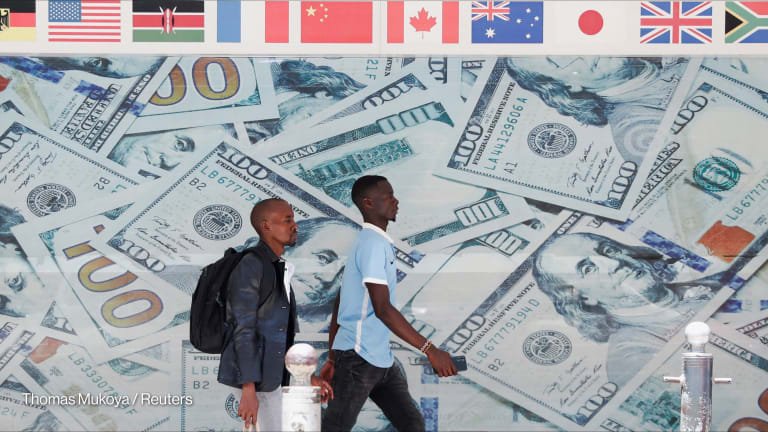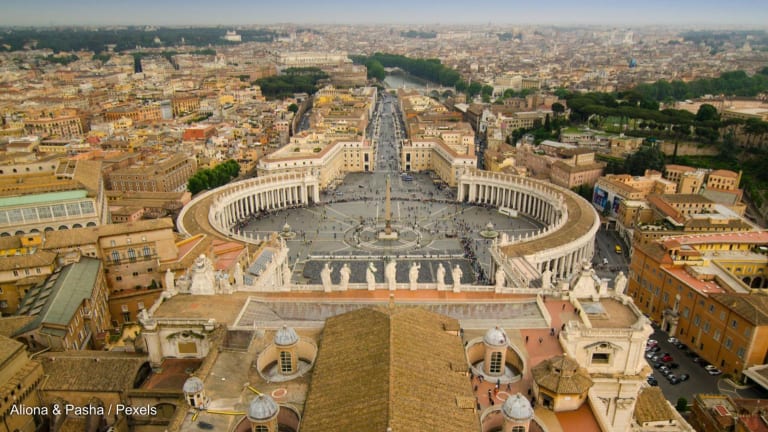The lowest-income nations are spending far too much on servicing their unsustainable levels of debt, leaving them cash-strapped and unable to make the investments they need to break cycles of poverty, according to new World Bank data.
High debt servicing costs are also preventing governments from making climate investments that will help prevent worsening disasters such as droughts and floods.
The world’s poorest 28 nations, with a combined population of more than 700 million people, now spend, on average, about 11% of their total government expenditures just on debt interest payments — double what they spent a decade ago, the data show.
Printing articles to share with others is a breach of our terms and conditions and copyright policy. Please use the sharing options on the left side of the article. Devex Pro members may share up to 10 articles per month using the Pro share tool ( ).








